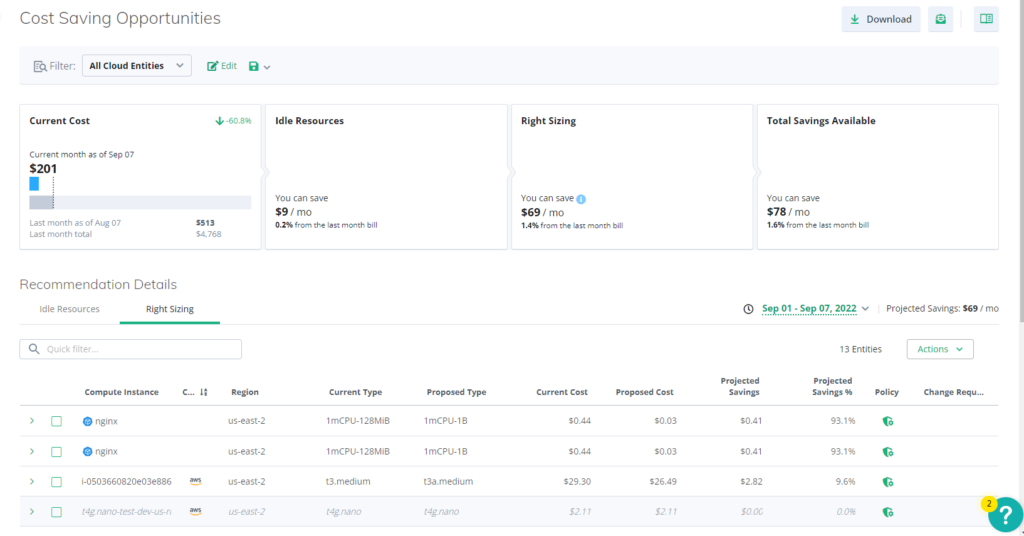Virtana Extends Capacity Management Platform to Containers
Virtana this week announced it is adding support for containers and Kubernetes clusters to its cloud management and monitoring platform that employs machine learning algorithms to control cloud costs.
The first capability being added to the Virtana Platform is a tool for rightsizing container environments to comply with a specific cost mandate.
Jon Cyr, head of product for Virtana, says given the dynamic nature of containerized applications running on Kubernetes clusters, most IT teams are not successful at proactively constraining costs. In the age of the cloud, that can result in major unexpected costs at the end of a monthly billing cycle, he added.
The Virtana Platform combines cloud monitoring with built-in tools that leverage machine learning algorithms and other artificial intelligence (AI) capabilities to optimize capacity planning. In the case of container environments, the Virtana Platform makes use of open source Prometheus monitoring software to collect metrics. The platform then analyzes those metrics to surface right-sizing recommendations for containers running on Amazon’s Elastic Kubernetes Service (EKS) and Microsoft’s Azure Kubernetes Service (AKS) services.
IT teams can then tailor the default right-sizing setting based on CPU and memory constraints to meet specific business requirements, noted Cyr. A set of what-if analysis tools enables an IT team to determine the impact changes will have on CPU and memory consumption.
As IT environments become more complex, more organizations are struggling to limit the overprovisioning of cloud infrastructure and the resulting higher costs. Developers, as a rule, will allocate as much infrastructure as possible to prevent an application from crashing, but the amount of cloud infrastructure often winds up being more costly than required. In the wake of the economic downturn, more organizations have become a lot more sensitive to unexpected costs, says Cyr.
In an ideal world, IT teams would use AI tools to reduce total costs but, at the very least, finance teams are expecting IT teams to embrace FinOps to ensure that cloud costs are predictably consistent, adds Cyr. The challenge, of course, is that for much of the past decade there hasn’t been a lot of governance applied to cloud infrastructure that is provisioned mainly by developers rather than IT operations teams.
It’s not clear how much control IT operations will exercise over cloud computing environments, but calls for more financial discipline are becoming more strident, notes Cyr. Developers, however, tend to jealously guard cloud infrastructure resources that can easily provision via a simple call to an application programming interface (API).
In general, the Virtana platform is part of a larger transition to AIOps that couples machine learning algorithms with real-time monitoring, big data analytics, workflow engines and automation frameworks to streamline IT processes. It’s still too early to say how much IT operations can be automated using AI. However, there’s general agreement that AI will play a significant role in automating IT. The more standardized the IT environment is, the easier that becomes to accomplish.





